Commissioner, CGST Appeal-1, Delhi vs Bharti Airtel Limited: Clarifying the Boundaries of Self-Assessment and ITC under GST
The Delhi High Court ruled that telecom towers are considered movable property, not immovable structures, under the GST law. Consequently, telecom companies like Bharti Airtel are entitled to claim Input Tax Credit (ITC) on their installation and construction
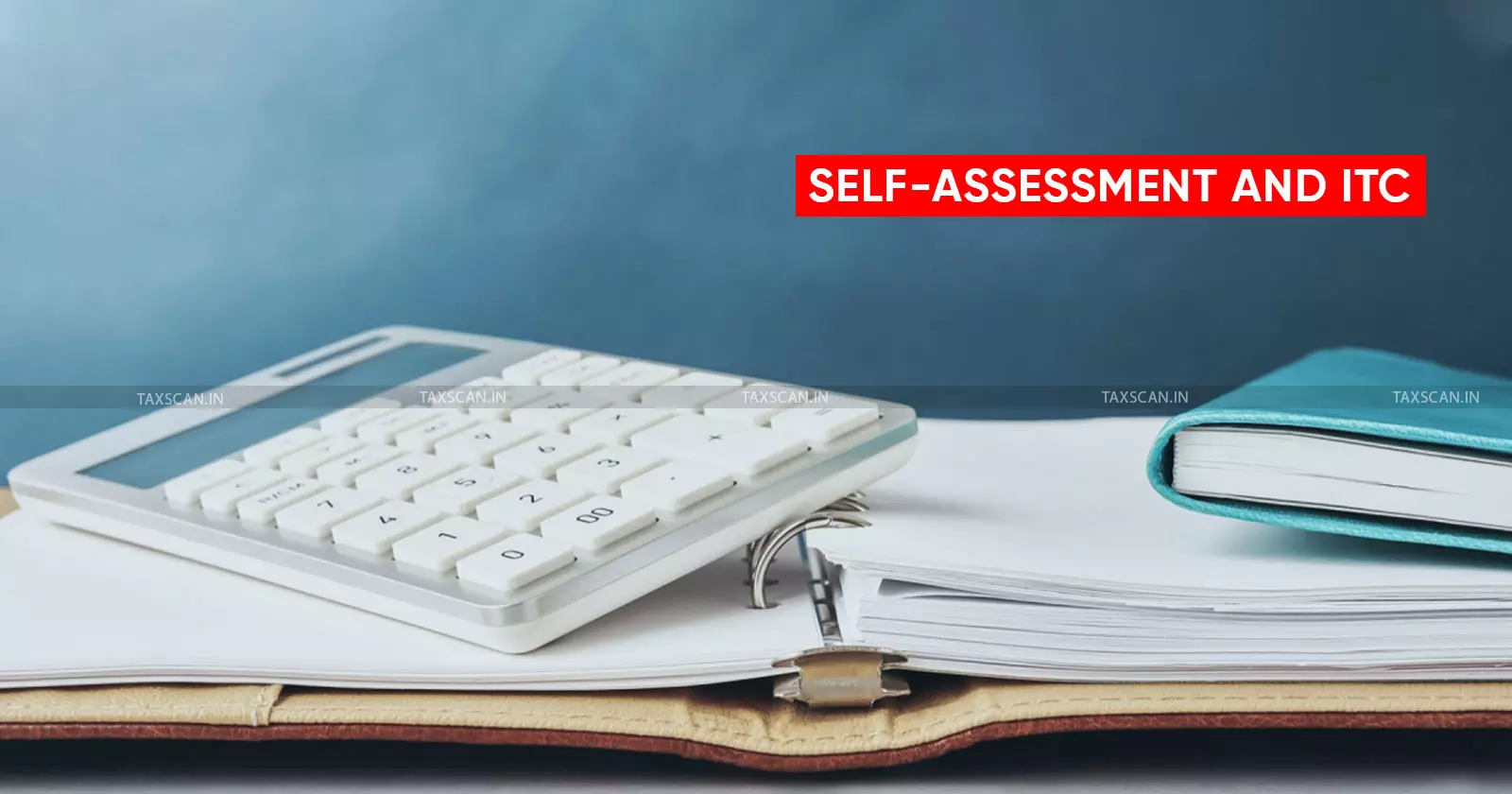
In December 2024, the Delhi High Court handed down a judgment that would impact India’s entire telecom and tax ecosystem. The case, Commissioner, CGST Appeal-1, Delhi vs Bharti Airtel Limited & Ors., might have sounded like just another dispute between big corporations and the tax department, but it was much more than that.
At its heart lay a simple yet fundamental question: Can a telecommunication tower, fixed to the ground by bolts, be called “immovable property”?
This wasn’t just a matter of words, but about the Input Tax Credit (ITC) worth hundreds of crores, and the broader philosophy of Goods and Services Tax (GST) itself. The outcome would determine whether telecom companies, such as Bharti Airtel, Indus Towers, and Elevar Digitel, could claim tax credits for the construction and installation of their mobile towers.
When Justices Yashwant Varma and Girish Kathpalia delivered their decision, it was not only the fate of the companies that was sealed, but also the fate of how the law understands the thin line between movement and immobility.
Background of the Dispute under the GST Regime
The Goods and Services Tax (GST) was introduced in 2017 with a grand promise of “One Nation, One Tax” and aimed to replace a web of indirect taxes with a seamless credit system that allowed taxes paid on inputs to be set off against taxes on outputs.
But buried within this promise was a crucial exception that is Section 17(5) of the Central Goods and Services Tax (CGST) Act, containing a list of “blocked credits”. Under this provision, ITC could not be claimed for certain goods or services, especially when used for constructing immovable property.
That phrase “immovable property” became the source of endless disputes.
Telecom companies argued that their steel towers were not buildings or civil structures, but equipment engineered to hold antennas, transmit signals, and keep the nation connected. To them, the towers were functional assets, capable of being dismantled and shifted anywhere.
The tax department, on the other hand, viewed them as concrete giants, permanently affixed to the land, and therefore immovable property. And if they were immovable, the ITC on them stood blocked.
It was this tug-of-war between how the law defines movement and how engineers define it, that brought the parties to court.
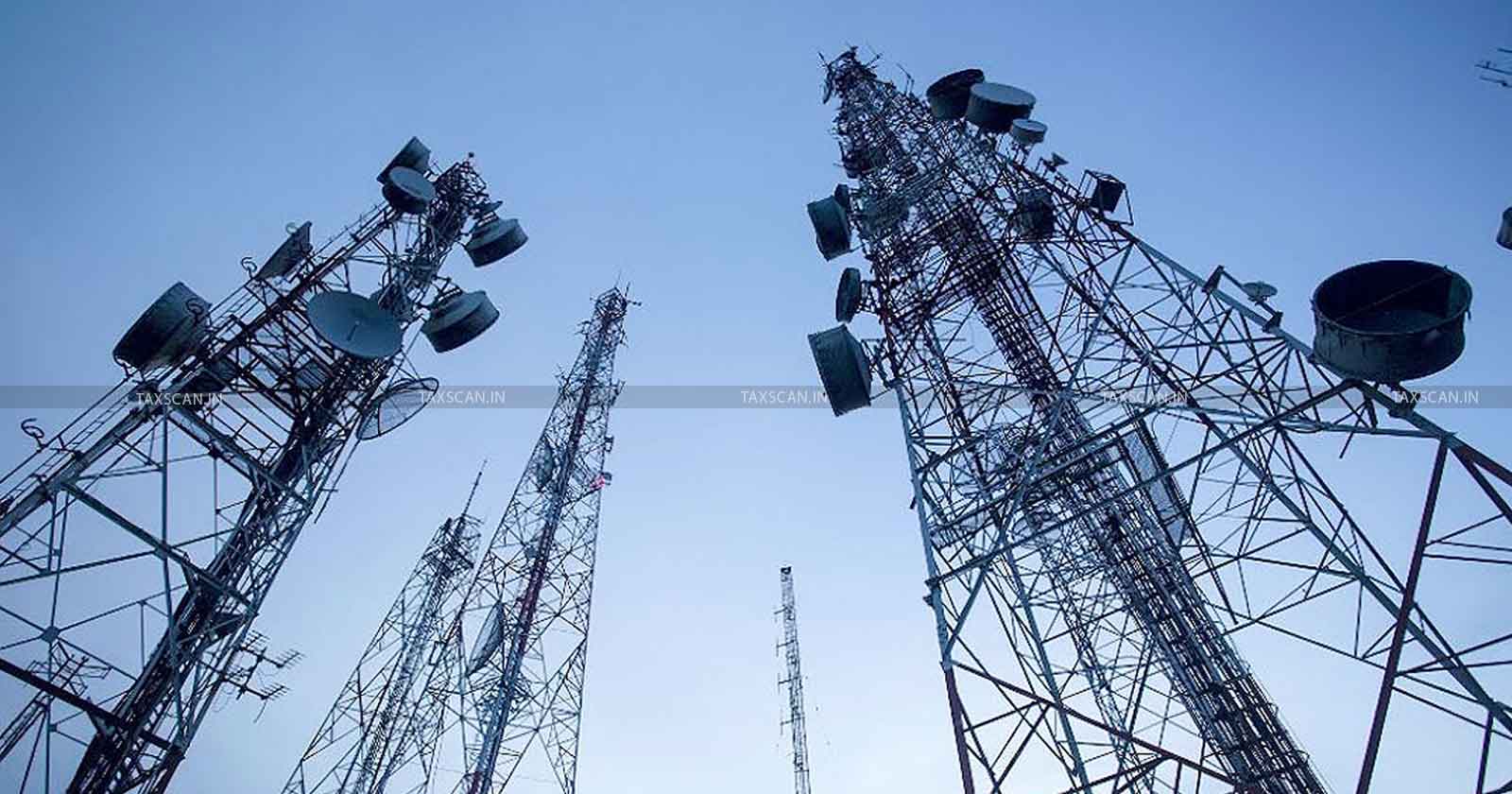 Also Read:Supreme Court upholds GST ITC Availability on Mobile Telecom Towers, dismisses Revenue SLP [Read Order]
Also Read:Supreme Court upholds GST ITC Availability on Mobile Telecom Towers, dismisses Revenue SLP [Read Order]
Facts of the Case
The story begins with three major players in India’s telecom infrastructure landscape: Bharti Airtel Limited, Indus Towers Limited, and Elevar Digitel Infrastructure Pvt. Ltd. (formerly known as ATC Telecom Infrastructure Pvt. Ltd.). Each of them found themselves drawn into a tax dispute that went straight to the core of how India’s GST law treats modern infrastructure.
All three companies operate in a sector that most of us depend on every single day, as they provide the passive infrastructure that keeps our mobile networks alive. Their work is not about making calls or selling data directly; it’s about building and maintaining the towers, steel structures, and shelters that hold up the antennas and equipment of telecom operators.
These towers are everywhere, rising above city rooftops and standing tall across the countryside. Built from prefabricated steel components, they are assembled on concrete bases to ensure stability against wind and weather. When needed, they can be dismantled, shifted, and reinstalled elsewhere. To engineers, they are movable assets that are designed for flexibility and reuse.
But to the tax authorities, the towers appeared to be something else entirely. They looked fixed to the ground, like small buildings or civil structures. And under Section 17(5)(d) of the Central Goods and Services Tax Act, 2017, goods or services used to construct “immovable property” do not qualify for Input Tax Credit (ITC).
That single classification, which is movable or immovable, became the dividing line between eligibility and denial of credit worth several crores.
The dispute began formally when the GST Department issued Show Cause Notices (SCN) to Indus Towers and Elevar Digitel under Section 74 of the CGST Act. The department accused the companies of wrongly availing ITC on goods and services used in the construction and setup of their towers and shelters.
In Bharti Airtel’s case, the department had gone a step further, it had already passed an Order-in-Original dated 24 March 2023, demanding tax, interest, and penalty, and this order was later upheld in appeal on 31 May 2024 by the Commissioner of CGST Appeals-1, Delhi. Feeling aggrieved, Bharti Airtel approached the Delhi High Court to challenge both orders.
Thus, three petitions, one by Bharti Airtel, and two by Indus Towers and Elevar Digitel, reached the Delhi High Court, all raising the same crucial question:
Should telecommunication towers be treated as immovable property, thereby blocking the right to Input Tax Credit under the GST law?
The Core Issue
The High Court had one key question to decide:
Are telecommunication towers “immovable property” under Section 17(5)(d) of the CGST Act, thereby disentitling telecom companies from claiming Input Tax Credit on their construction and installation?
Arguments Before Court
Petitioner’s Argument
Appearing for Bharti Airtel, Senior Advocate Sujit Ghosh argued that the towers were, in essence, machines rather than buildings. They were designed to be mobile, transported from one place to another, assembled, and reassembled multiple times. The concrete base, he said, was not part of the tower itself but merely a foundation for safety.
He leaned heavily on the Supreme Court’s 2024 judgment in Bharti Airtel Ltd. v. Commissioner of Central Excise, Pune(2024), where the apex court had already ruled that telecom towers were movable goods under the Central Value Added Tax (CENVAT) regime.
Similarly, Advocate V. Lakshmikumaran, appearing for Indus Towers and Elevar Digitel, pointed out that even the Delhi High Court’s earlier decision in Vodafone Mobile Services Ltd. v. Commissioner of Service Tax, Delhi (2018) had recognized the movable nature of these towers.
Both counsels argued that to call these towers immovable merely because they are bolted to a base would be like calling a washing machine “immovable” because it’s screwed into the floor for stability.
They emphasized that the purpose of attachment is only to ensure safety or functionality, and that the towers remain movable.
Respondent’s Argument
Representing the Revenue, Mr. Anurag Ojha, Senior Standing Counsel, countered that the law left no room for debate.
The Explanation to Section 17(5) of the CGST Act specifically excludes ‘telecommunication towers’ from the definition of plant and machinery. According to him, this exclusion reflected Parliament’s clear intent that towers were never meant to enjoy ITC. The legislative design itself blocked credit, regardless of whether they could be physically moved.
Thus, even if a tower could technically be shifted, the statute had already shut the door on such credits.
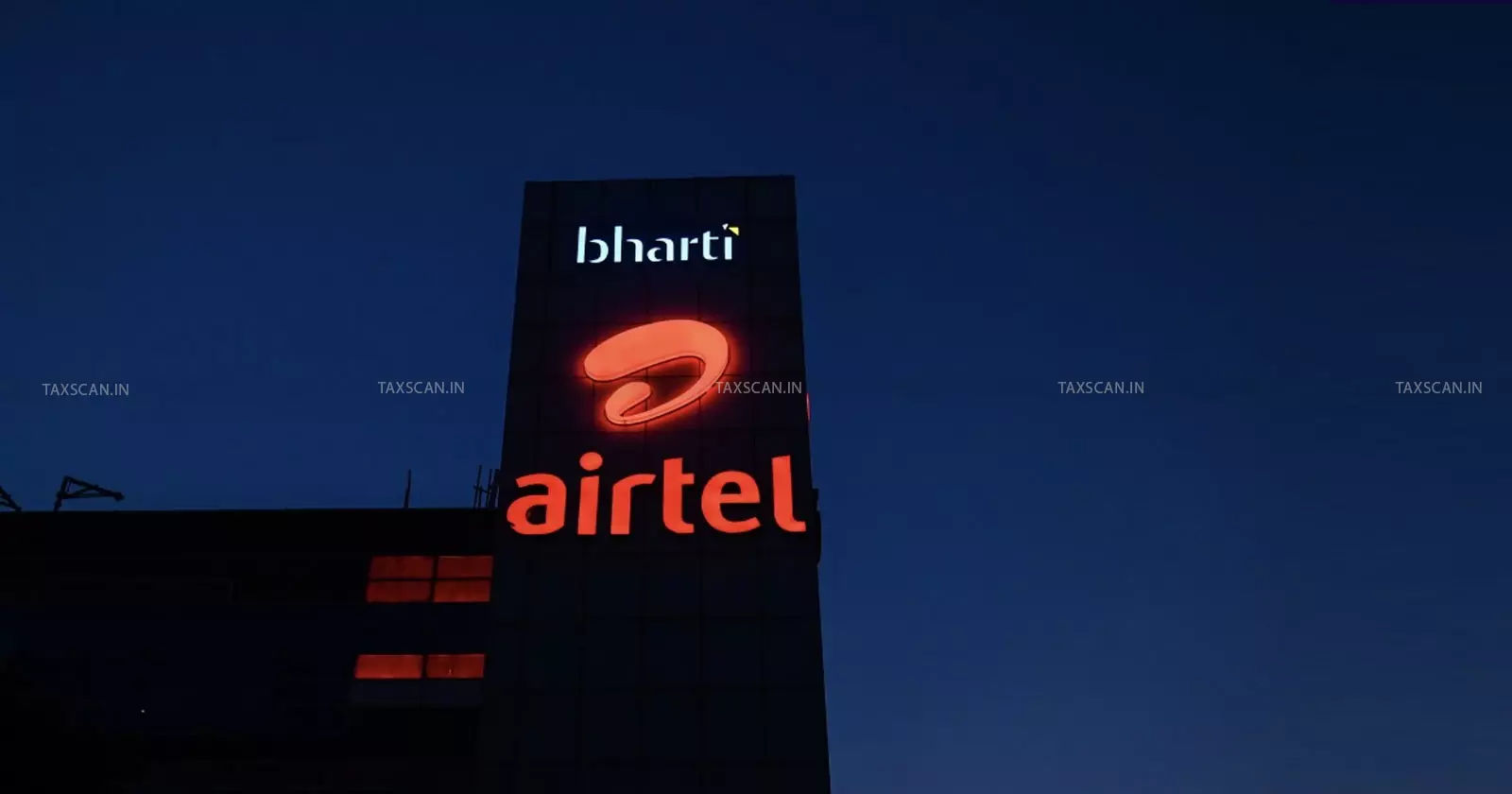 Also Read:Service Tax Not Leviable on Employee Call free Allowance: CESTAT allows Bharti Airtel's Appeal [Read Order]
Also Read:Service Tax Not Leviable on Employee Call free Allowance: CESTAT allows Bharti Airtel's Appeal [Read Order]
Analysis
Justice Yashwant Varma’s judgment unfolds like a thoughtful conversation between law and logic. He began by recalling the Supreme Court’s reasoning in Bharti Airtel (2024), where six classic tests were laid down to determine whether an article is movable or immovable, including the nature of annexation, object of annexation, intention, functionality, permanency, and marketability. When these tests were applied, the truth became self-evident.
Telecom towers were not built into the land. They were assembled on it. The bolts and concrete foundations were meant only to give them balance, not permanency. The towers could be dismantled, transported, and sold without damage. They were not part of the earth but simply resting upon it.
As the judgment poetically observed, “The erection of these towers is essentially for according stability and that in itself would not detract from their basic characteristic of being items of equipment which are principally movable.”
The Court also rejected the department’s argument that the statutory exclusion of towers from “plant and machinery” automatically made them immovable. That, the Bench said, was a classification issue, not a definitional truth. In short, what’s excluded from a definition doesn’t automatically become immovable. The physical and functional characteristics still have to be examined.
Decision
After meticulously dissecting every argument, the Delhi High Court delivered a decisive verdict that the telecommunication towers are movable property and they do not fall under the mischief of Section 17(5)(d). Therefore, denial of Input Tax Credit cannot be sustained.
The Court quashed the orders dated 24 March 2023 and 31 May 2024, against Bharti Airtel, and also set aside the Show Cause Notices dated 25 July 2024 against Indus Towers and Elevar Digitel Infrastructure.
In one stroke, the Court reaffirmed both law and logic that stability does not mean immobility.
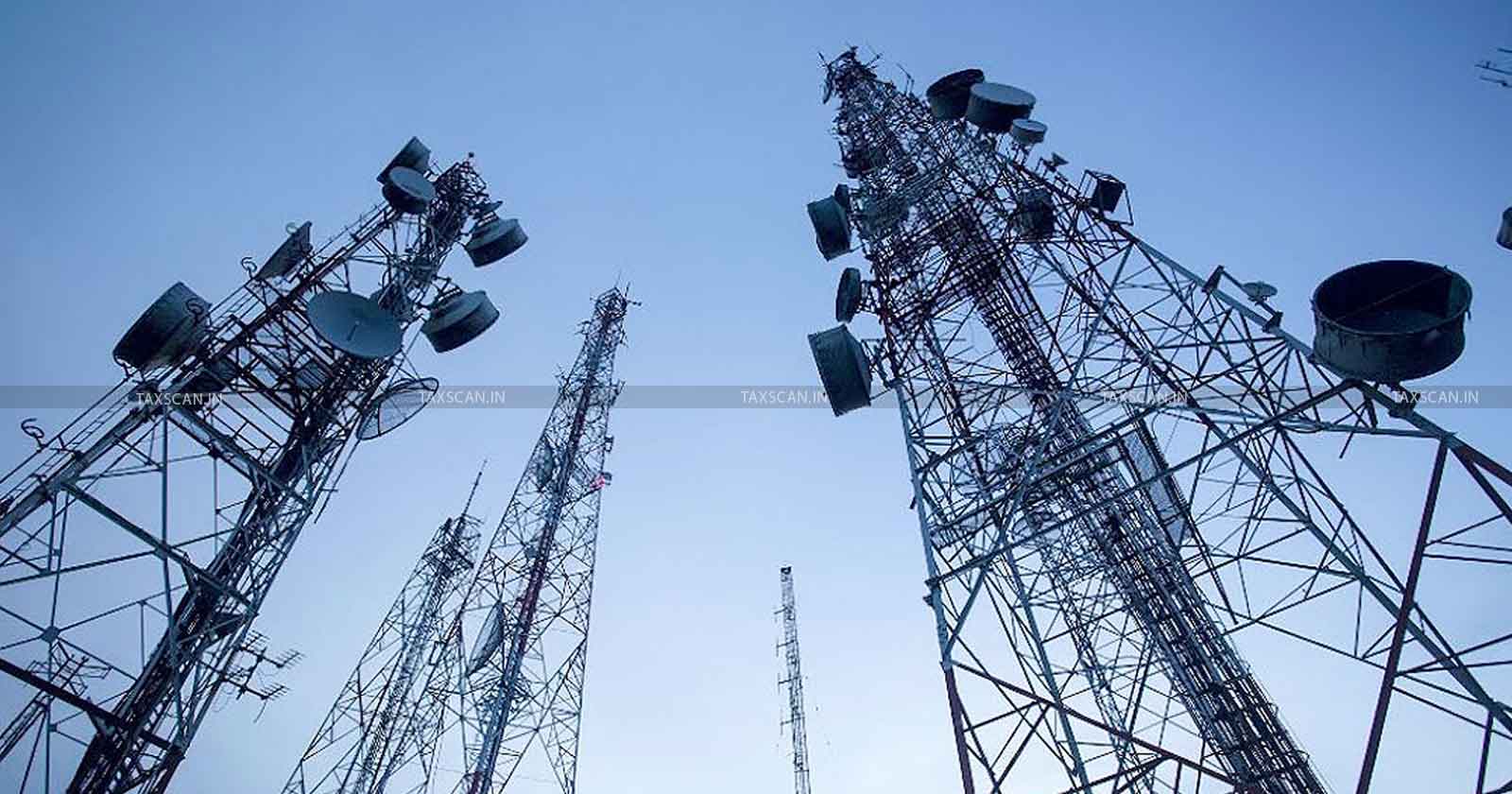 Also Read:[BREAKING] Telecom Operators Entitled to Claim CENVAT Credit On Infrastructure Duties: Supreme Court [Read Judgment]
Also Read:[BREAKING] Telecom Operators Entitled to Claim CENVAT Credit On Infrastructure Duties: Supreme Court [Read Judgment]
Special Leave Petition
Not satisfied with the outcome, the Commissioner, CGST Appeal-1, Delhi, took the matter to the Supreme Court of India in Special Leave Petition (Civil) Diary No. 35416/2025.
The case came before a Bench of Justice Pankaj Mithal and Justice Prasanna B. Varale on 8 August 2025. The Revenue was represented by N. Venkataraman (Additional Solicitor General) and Rupesh Kumar (Senior Advocate), while the telecom companies were defended by a formidable team including Arvind P. Datar, Balbir Singh, and V. Lakshmikumaran.
The Court listened patiently, then delivered a short but powerful order that “Having heard learned counsel for the petitioner(s) and learned counsel appearing for the respondents on caveat, we are not satisfied that these are fit cases to exercise our discretion under Article 136 of the Constitution of India. The present petitions are, accordingly, dismissed.”
And just like that, the matter was put to rest. The Supreme Court refused to interfere. The Delhi High Court’s judgment stood validated, and the law on telecom towers was now settled once and for all.
Future Impact
The implications of this decision stretch far beyond telecom. It sends a clear message that functional attachment does not mean legal immovability. This principle can now guide other industries, too, such as wind energy companies installing turbines on concrete bases, to manufacturers using prefabricated machinery bolted to the ground. The test is no longer whether something “looks fixed,” but whether it is meant to be permanently fixed. More importantly, this judgment reaffirms that the spirit of GST is to allow credit wherever tax is legitimately paid, and not to block it based on superficial or outdated interpretations.
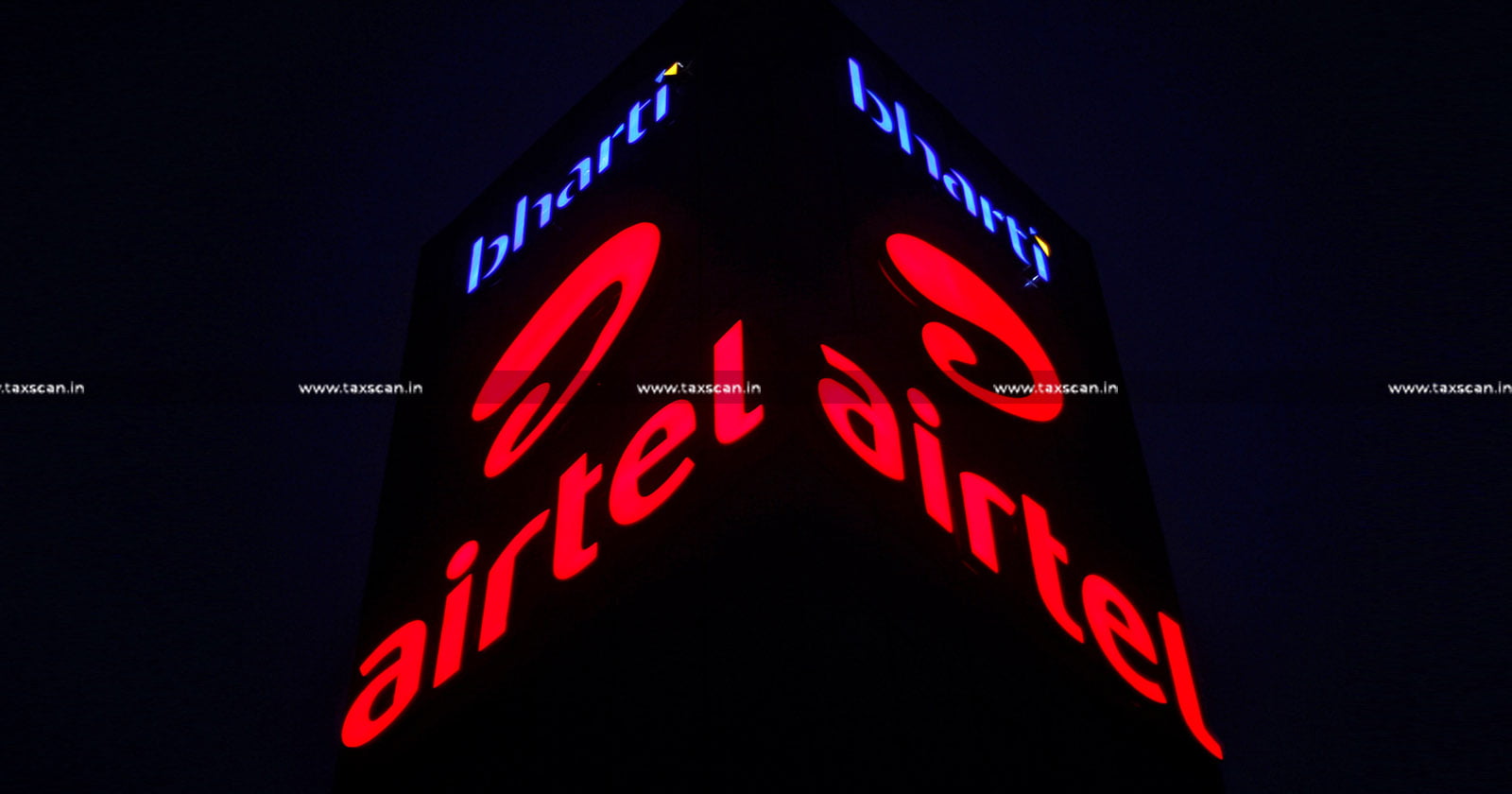 Also Read:ITAT restores Matter to AO for Examination of Taxability of AMC Payments by Bharti Airtel Ltd. as FTS [Read Order]
Also Read:ITAT restores Matter to AO for Examination of Taxability of AMC Payments by Bharti Airtel Ltd. as FTS [Read Order]
Conclusion
The judgment in Commissioner, CGST Appeal-1, Delhi vs Bharti Airtel Limited & Ors.: more than a tax ruling is a reaffirmation of how law must keep pace with the realities of modern business.
Through this case, the Delhi High Court and later, the Supreme Court, reminded everyone that the spirit of GST lies in enabling credit, not in blocking it through technical misinterpretations.
By holding that telecommunication towers are movable property, the Court didn’t just settle one company’s dispute; it set a principle for an entire generation of tax administration. The judges looked beyond the surface, that is, beyond bolts, bases, and concrete platforms, and focused on function and intent. They understood that a structure designed to be shifted, reused, and reassembled cannot be treated like an immovable building simply because it stands upright.
In doing so, the Court drew a fine but vital line between stability and permanence. A tower may need a foundation to stand, but that does not make it a part of the earth, just as a machine screwed to the floor doesn’t become a house. The difference lies in purpose, and that’s what the Court carefully recognized.
When the Supreme Court, in August 2025, dismissed the government’s appeal and refused to interfere, it gave quiet but powerful finality to this reasoning. In the end, this wasn’t merely about telecom towers or tax credits. It was about how the law sees movement not as a threat to stability, but as a sign of adaptability.
Support our journalism by subscribing to Taxscan premium. Follow us on Telegram for quick updates


